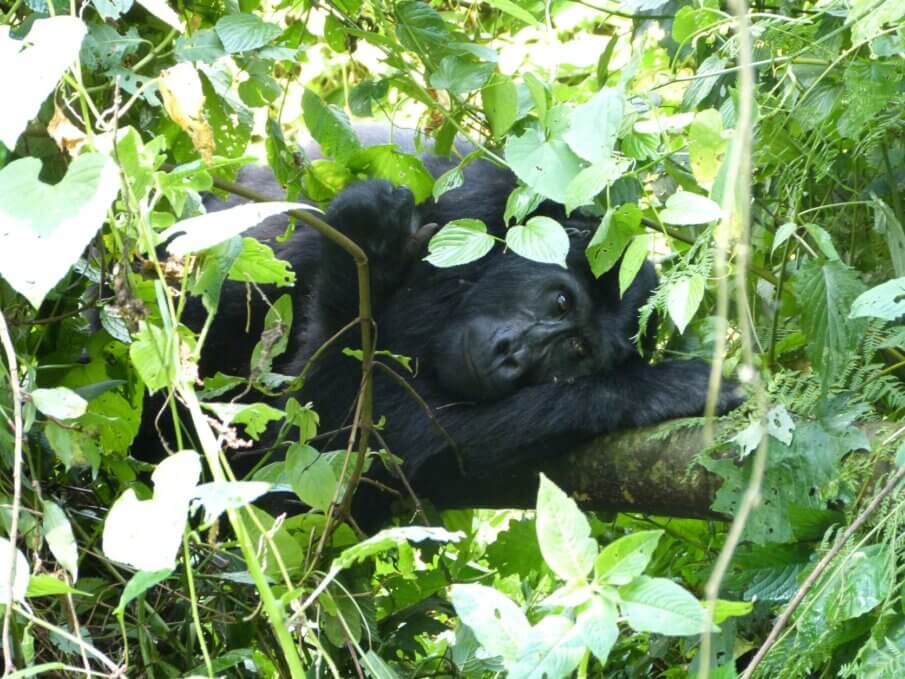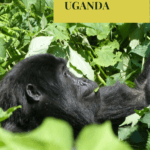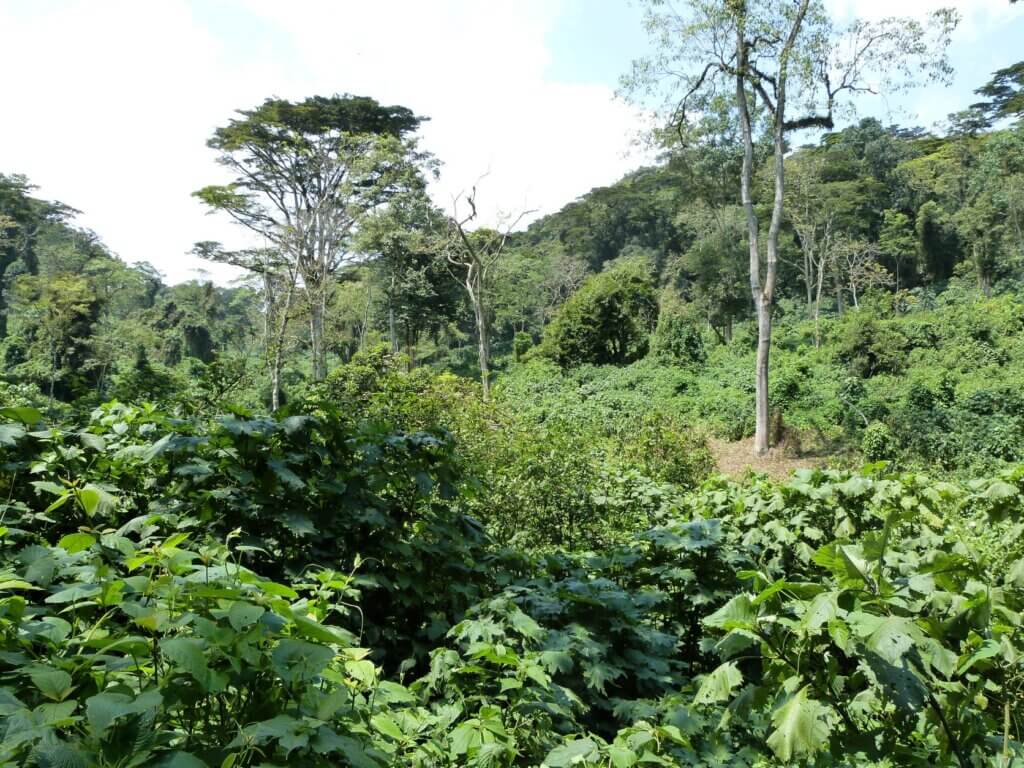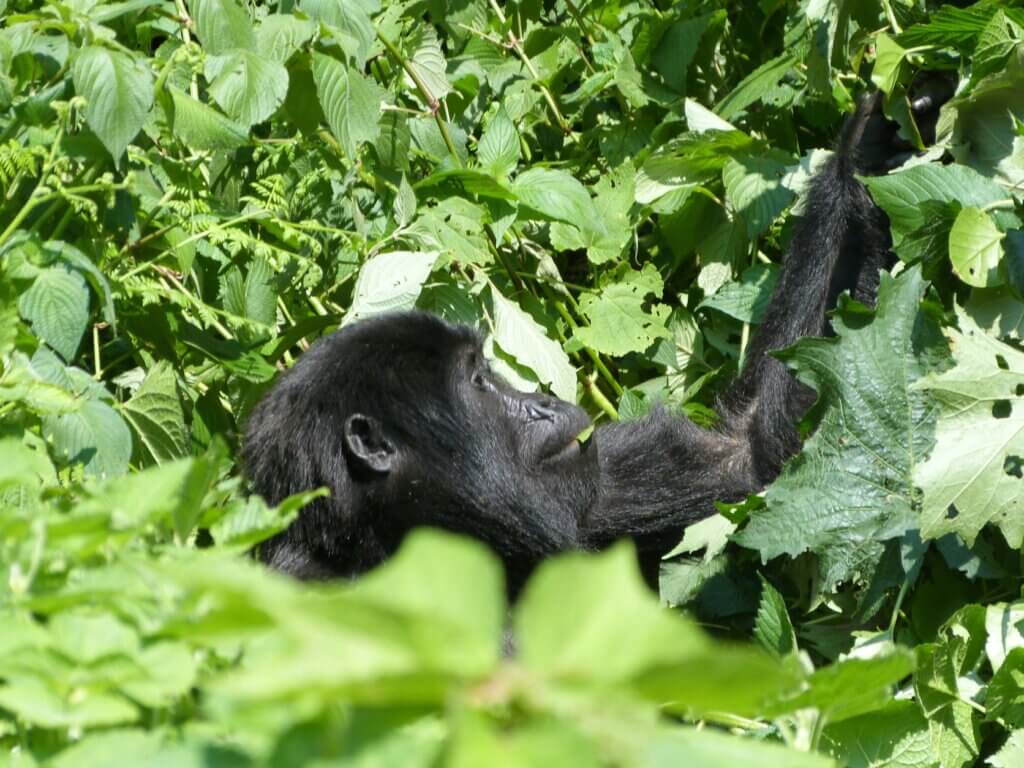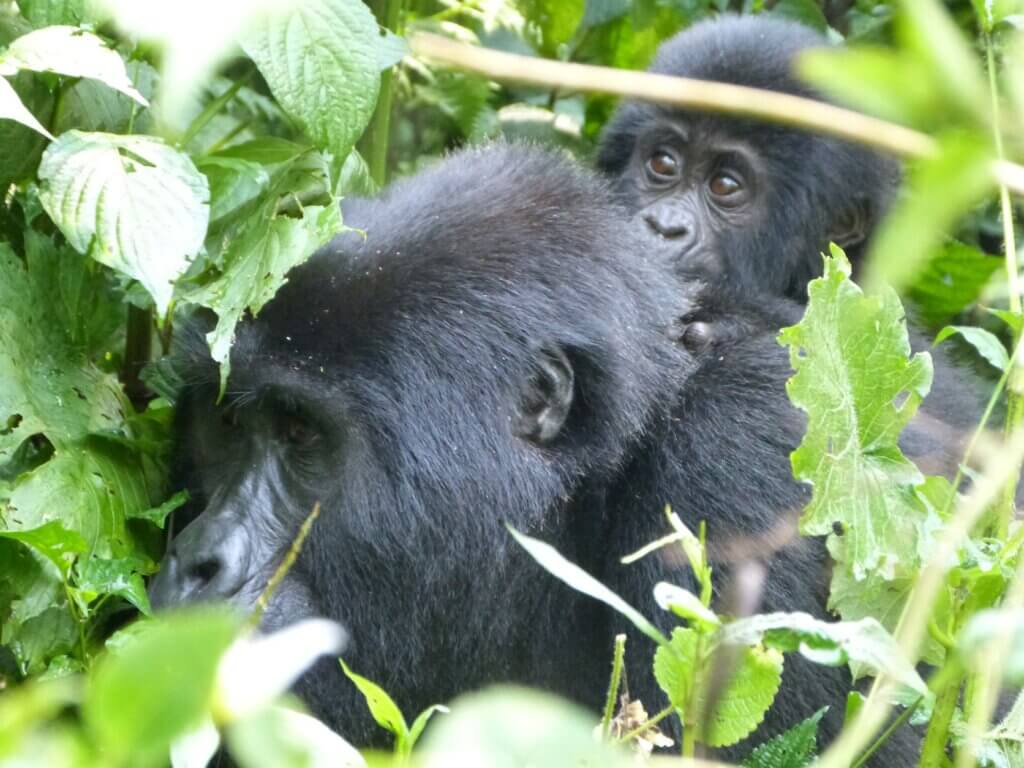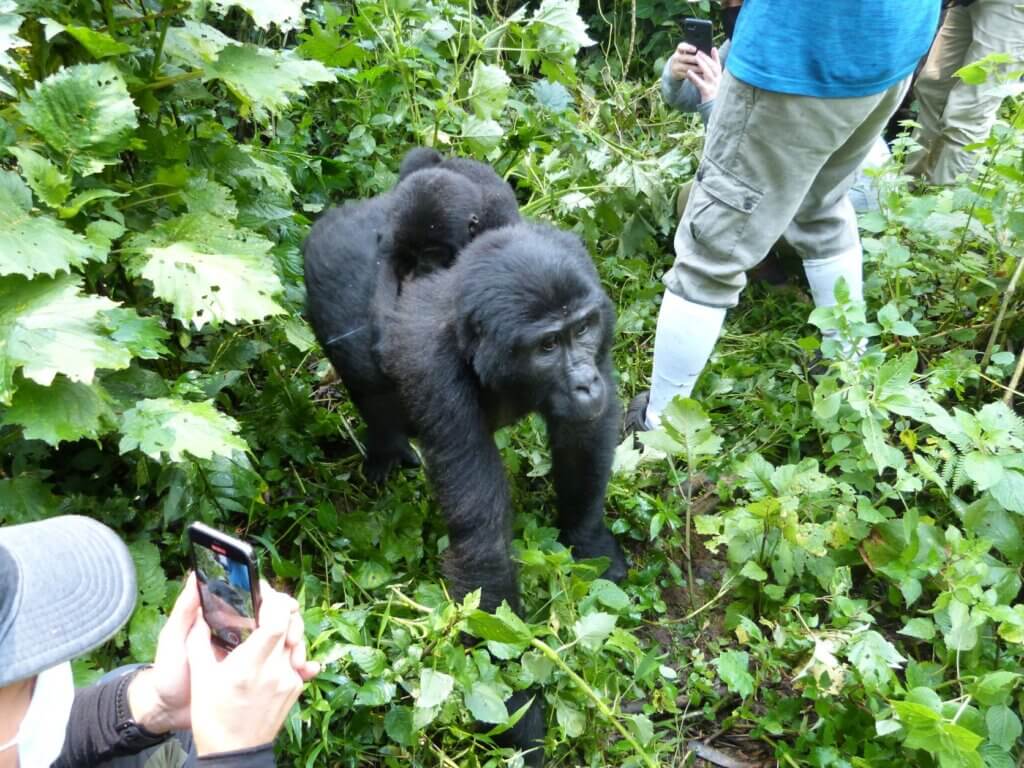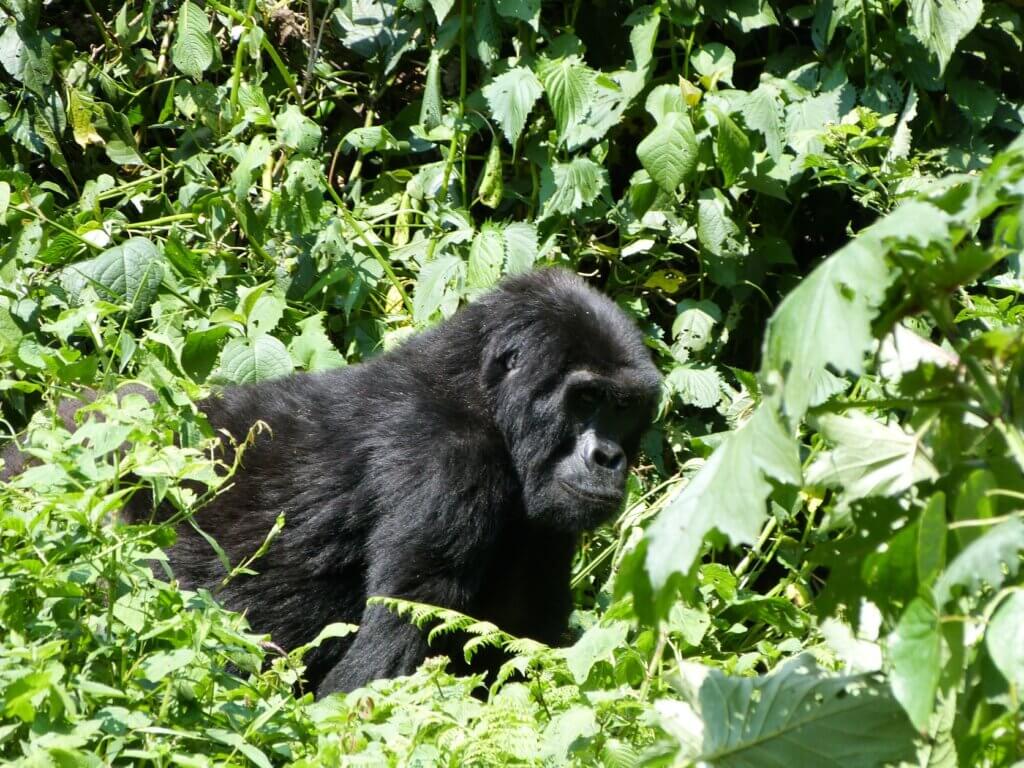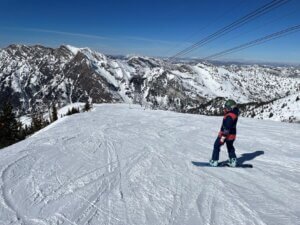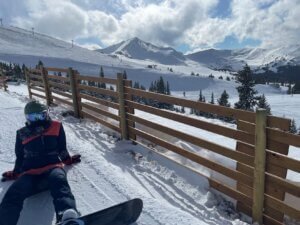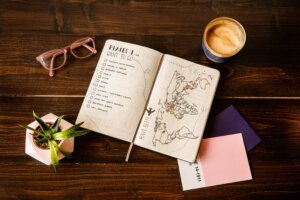*This post contains affiliate links, which means if you click on the link and purchase one of the products I receive a small commission
Have you ever wanted to see gorilla’s in their natural habitat? To be completely immersed in the lives of a gorilla family? Is Gorilla trekking on your bucket list? It was on mine and even though it has a bit of a steep price tag it is completely worth it. Not only is this a unique experience it has led to positive impacts on the mountain gorilla population and on the livelihoods of the local communities that live alongside them.
Where to go gorilla trekking
Uganda and Rwanda are the two most popular countries to go gorilla trekking. Both located in Central Africa the home range for the gorillas spans these two countries as well as the Democratic Republic of Congo. I chose Uganda and could not have been happier with my choice. The country is brimming with wild animals in numerous national parks. So, if you want to see elephants, lions, and gorillas in their natural environment, this is the place to be.
Best time to go
The best time to visit is during the dry season or just prior to the rainy season. The park has extremely thick forest and the trekking to the family groups can get very slick when there is a lot of rain, making it a bit more dangerous. Because this is a guided hike the porters and trackers will assist you and make sure you are safe.
What can you expect?
Early morning you arrive at the main park headquarters building on the edges of Bwindi Impenetrable Forest National Park, home of the impenetrable forest. This is where various tour groups come together as gorilla trekking trips consist of around 8 people or less. Your tour company will take care of the logistics, including the time to arrive, what you should bring, most will also provide you with a boxed lunch, and they will use the money you paid for the trip towards the Gorilla permit.
Once you go through the procedure of checking in you are treated to a performance from the non-profit group Ride for a Woman. This group of strong women are widows, women who have been abused, women living with HIV, and single mothers. The organization rents out bikes to tourists and sells handmade items. It empowers these woman and provides them with an income so they can continue to heal and move forward.
The women perform several dances and songs from various local tribes around Uganda. It’s beautiful.
After the performance you are debriefed on what to expect during your trek and are accompanied by a tracker, porters if you request them (for a fee) and two park rangers who are armed. The armed men are for protection from things like forest elephants, which are extremely aggressive. If a close encounter were to take place they would fire the guns in the air to try to scare them off. This generally does the trick.
Thankfully that day we didn’t encounter any elephants.
The porters carry your day pack if you need it but what they are most valuable for is helping you up and down the path safely. They will hold your hand or give you a gentle push by grabbing your hips or a little push of the bum. The main tracker makes you aware of this during the debriefing. It is not meant to violate you, it is extremely helpful and respectful.
There are several gorilla families living in the dense forest, many that are used to human presence and some that are not. The ones that are used to humans are visited every day, as I mentioned above, regardless if there is a tour or not.
With constant visits, the gorillas can also be monitored. The trackers collect data on the families along with health information, which has been key in their protection and the conservation efforts have led to population growth of these endangered species.
Depending on your fitness you have the option of visiting a family that is closer, where you do not have to hike so far or you can hike deeper into the forest. Once you have chosen you are broken into a small group to head off into one of the most unforgettable adventures of your life. It doesn’t matter which starting point you choose, the experience will be just as incredible and memorable.
An unforgettable journey
My group consisted of a three couples and myself, plus our porters, tracker and two armed guards. We opted for the more challenging and further hikes and were rewarded with seeing not one but two families.
The hike is challenging, with some elevation gain, and extremely humid. I was completely soaked through by the time we reached the family we were heading for.
Before we left, early in the morning other trackers were on the trail of the family we were planning to visit. They were unsuccessful in reaching them but had found the largest of the family units, with 18 gorillas.
Hiking in the impenetrable forest has its own challenges. Make sure to tuck your pants into your socks, wear good hiking shoes, and long sleeves because the fire ants, mosquitoes and other insects are awful.
When we came upon the first family, we were around halfway into our hike. They were in the distance but at the time we were under the impression that this was as close as we would get. It took my breath away to see this family in the wild. But this was only the beginning.
Once reaching the family you’re supposed to see that day you hand your pack off to the porters, taking only your camera with you. You will be required to wear a face mask to protect these wild mountain gorillas from human diseases during your visit. The trackers will then bushwhack the way until suddenly you find yourself in the middle of morning breakfast.
I couldn’t believe my eyes as one of the juveniles sat no more than 10 feet away munching on some leaves, while another was up in a tree next to them. Delicately the trackers pulled the surrounding vegetation away from the gorilla so we could have a better view. They didn’t even pay attention, like we were just another animal.
As we walked around to see the others in the family the big male silverback strolled by us, completely ignoring our presence. Constantly we found ourselves looking with wide-eyed wonder and absolute disbelief that we were really here in the middle of a group of wild mountain gorillas.
Sighs of “wow” and “amazing” and “unforgettable” kept coming from members of the group as we just shook our heads in disbelief at just how lucky we were to witness this. During our one hour there among the gorillas we got to see several juveniles and mothers with their young, and the big silverback.
But that wasn’t it. On several occasions the gorillas would get up to move to a new area and stroll right in between members of our group. Including one mother and her baby that pushed their way by me, rubbing against my leg.
The trackers tell you to just stand there, not making eye contact, that they will just find a path and pass by. They will give you directions to move a little if needed or if they think we are in danger they would guide us on what to do. But the gorillas didn’t seem to mind that we were there.
It’s one of those experiences that I will keep with me forever.
Gorilla Doctors
Afterwards, being the wildlife veterinarian that I am, I was intrigued by Gorilla Doctors who work with these amazing animals. So, my tour guide took me to meet one of their staff. Most of the health work is observational and non-invasive.
If they can diagnose issues without anesthesia this is the most desirable solution. So, through fecal analysis they were able to find several of the parasites they were harboring came from humans and livestock.
But instead of treating the gorillas, they focused their efforts on human and agricultural health. They helped develop various programs including veterinary treatments for livestock, clean water initiatives, and human health initiatives.
These have had a huge impact on the well being of the gorilla population in Uganda and the humans who live close to them. I never really considered just how they would go about monitoring the health of these animals but it was really eye opening to see the ways that they protected the gorillas and benefited the villages living with them.
Since the beginning of these ecotourism initiatives and gorilla health monitoring their populations have steadily grown in, not just Uganda, but also in neighboring Rwanda and the Democratic Republic of Congo.
These ecotourism initiatives have also taken those that used to rely on poaching to feed their families and provided them with opportunities to serve as porters through education on the value of the gorillas to the community. Having talked to one of the porters on this journey, he constantly said how happy he was, even though he didn’t have a lot, but that he loved the gorillas and that they were important.
The entire experience and the opportunity to learn about the impacts these gorillas have within the communities that live in concert with them was something everyone should experience.
Practical information
To Enter Uganda
- You will need to apply for a tourist visa for the time you will be in country. There is a fee but it’s nominal.
- You need to be vaccinated against Yellow Fever and bring your yellow vaccination card with you or you will not be allowed into the country.
- Make sure you have preventive medication for malaria (it’s a good idea to make an appointment with a travel clinic that can help you determine what you need before you go. I was able to get my yellow fever and typhoid vaccines and a prescription for anti-malarial pills all in one visit).
Cost
My entire week (including food, stay, permit prices and trips to a few other parks) was around $3,000 (not including fights).
Tour Companies
There are lots of companies doing Gorilla Trekking. I travelled with Acanela, who I was extremely disappointed with because of their lack of communication prior to and during my trip. There was no “before you go” information for things like what to bring, what you will need to get into the country, who to contact in country, nothing.
But the tour operator in country was phenomenal. I highly recommend people contact Muky Tours and Safari and they will curate a plan for your time in the country based on what your interests are.
They don’t just take you to the high end hotels. Every place you stay is run and owned by local community members. Everywhere you eat supports the local community. He took the time to provide water to the guards monitoring the gates into the parks. Even after the trip was over he continued to reach out to make sure my trip back went well.
He also had extensive knowledge about the wildlife in Uganda. And I mean extensive. He knew all the bird species, details about different communities and tribes, and was a wealth of information.
What to bring with you
- Passport/Tourist Visa Confirmation/Yellow fever vaccination card
- They accept US dollars or you can exchange money at the airport for Ugandan Shillings or take money out at an ATM (you will need some money for tipping)
- Long sleeved shirts and long pants
- Good hiking shoes (I recommend Salomon’s, check out the Salomon Home Page to find the right hiking shoe for you)
- Insect repellent
- Hiking poles if you can fit them
- On the trek make sure to have lots of water and a lunch
Concluding Thoughts
Visiting Uganda and in particular Gorilla Trekking was one of the best travel experiences of my life to date. It is truly a once in a lifetime experience. The kindness of the people there, the care about the wildlife they share the land with and the unique culture blew me away.
If you are considering visiting Uganda make sure to check out my Guide to Visiting Uganda.
